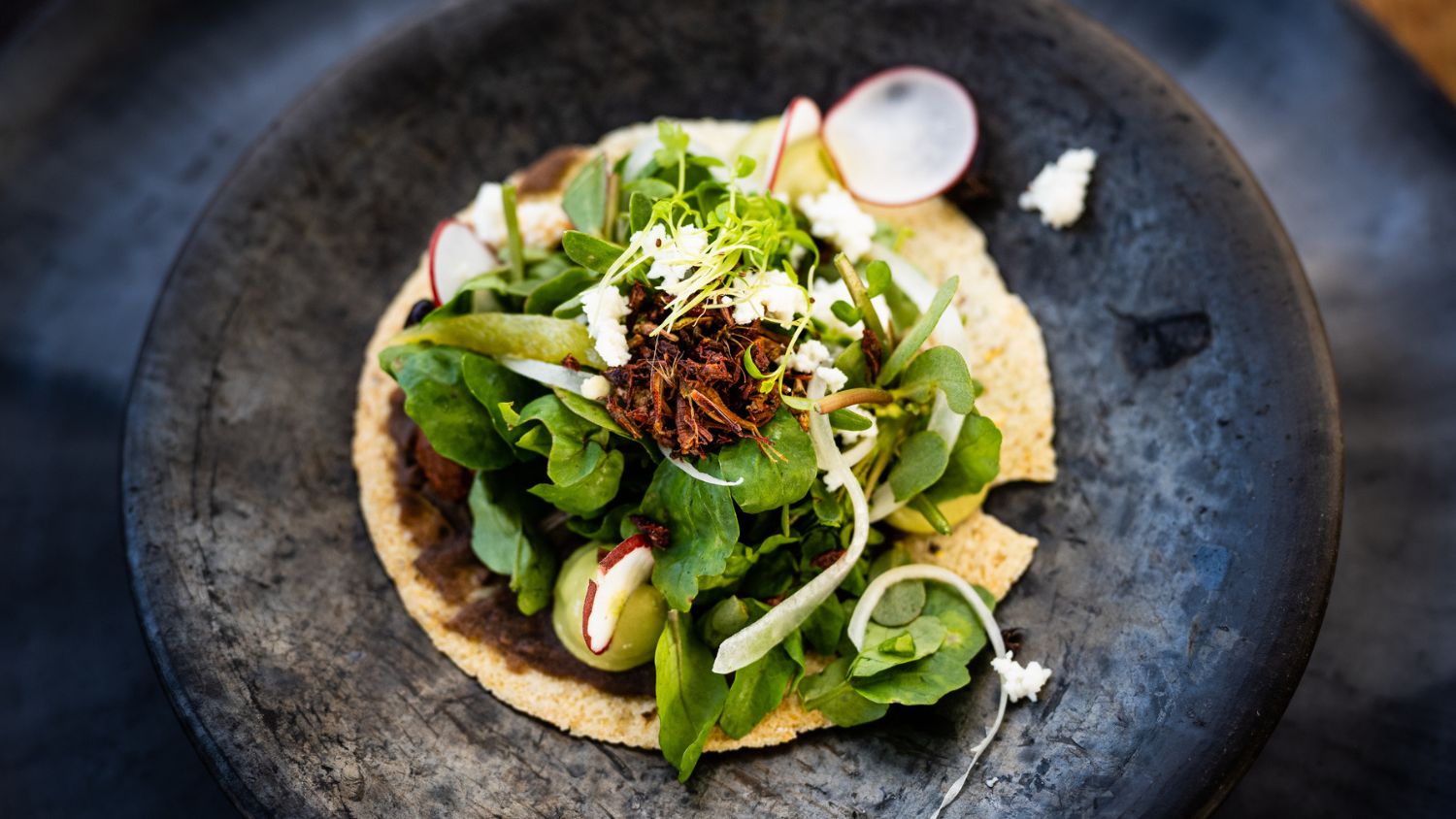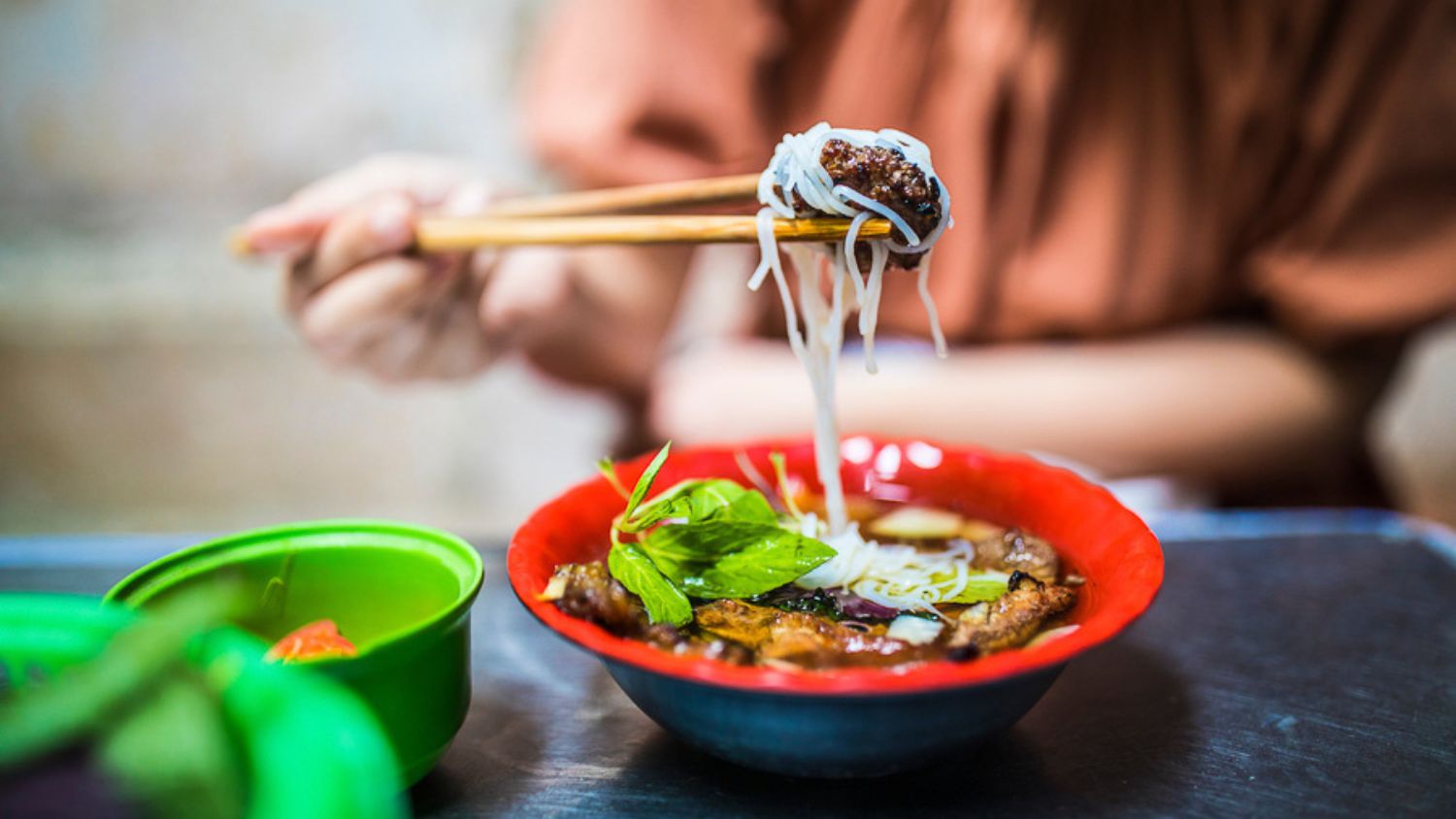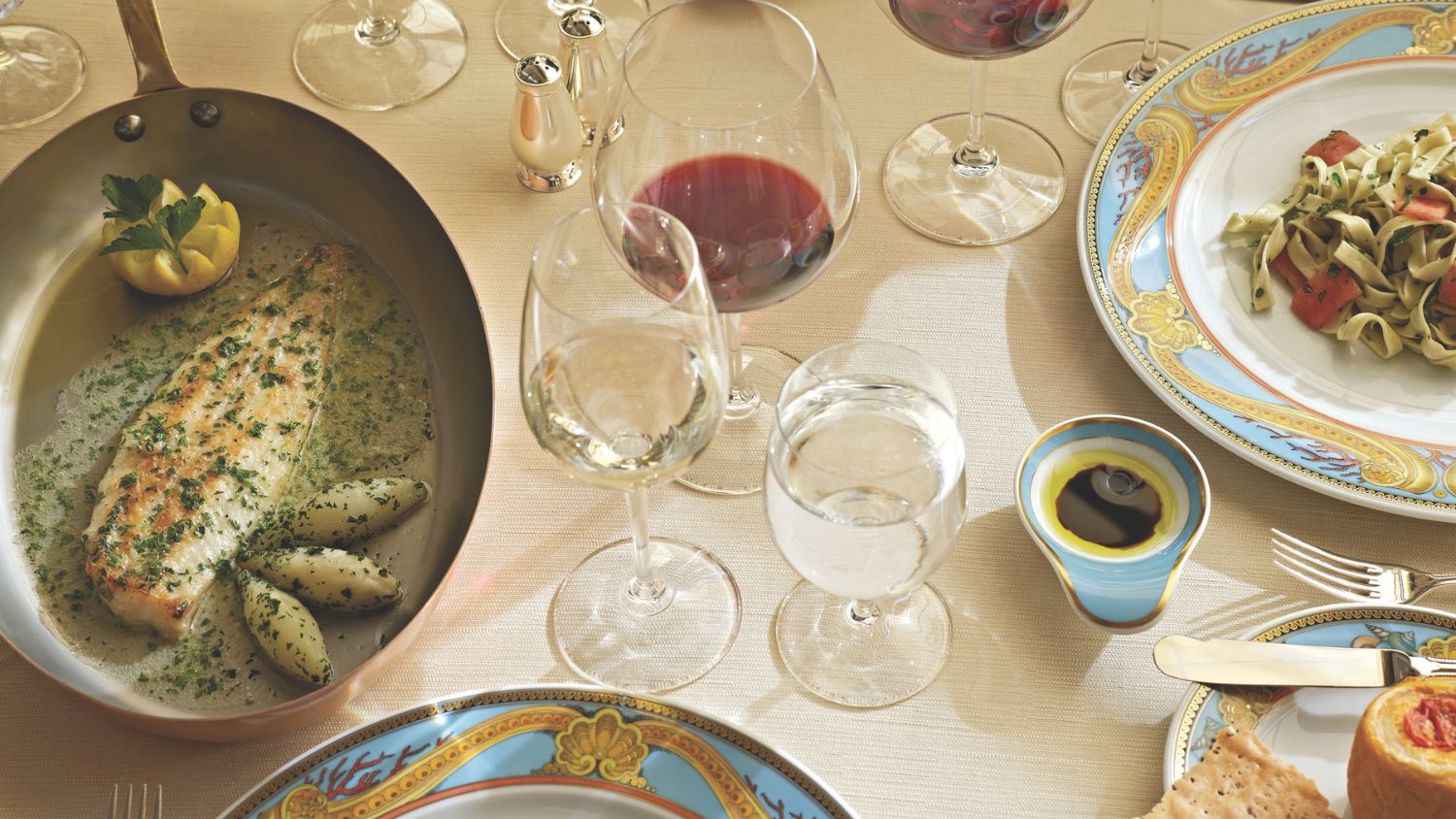“It’s delicious,” I lied
The atmosphere in the Puerto Vallarta restaurant was just right: muted lighting, quiet music, friendly service. And when my plate arrived, I gamely tucked in, conscious of several sets of eyes on me. “It’s delicious,” I lied. “Very, um, crunchy. And nutty.” Just as one imagines crickets would taste.
Mexican crickets are not the oddest thing I’ve eaten, just the most memorable. Experiencing new food (and drink) can make the best souvenirs of any vacation. But there can be sticky situations when foods have important meaning to the locals who are being truly generous when they share them with guests.
But what may be considered a rare culinary treat in one country may be an awkward – or at least very strange – culinary challenge to us.
How strange?

@lizflemingtravel
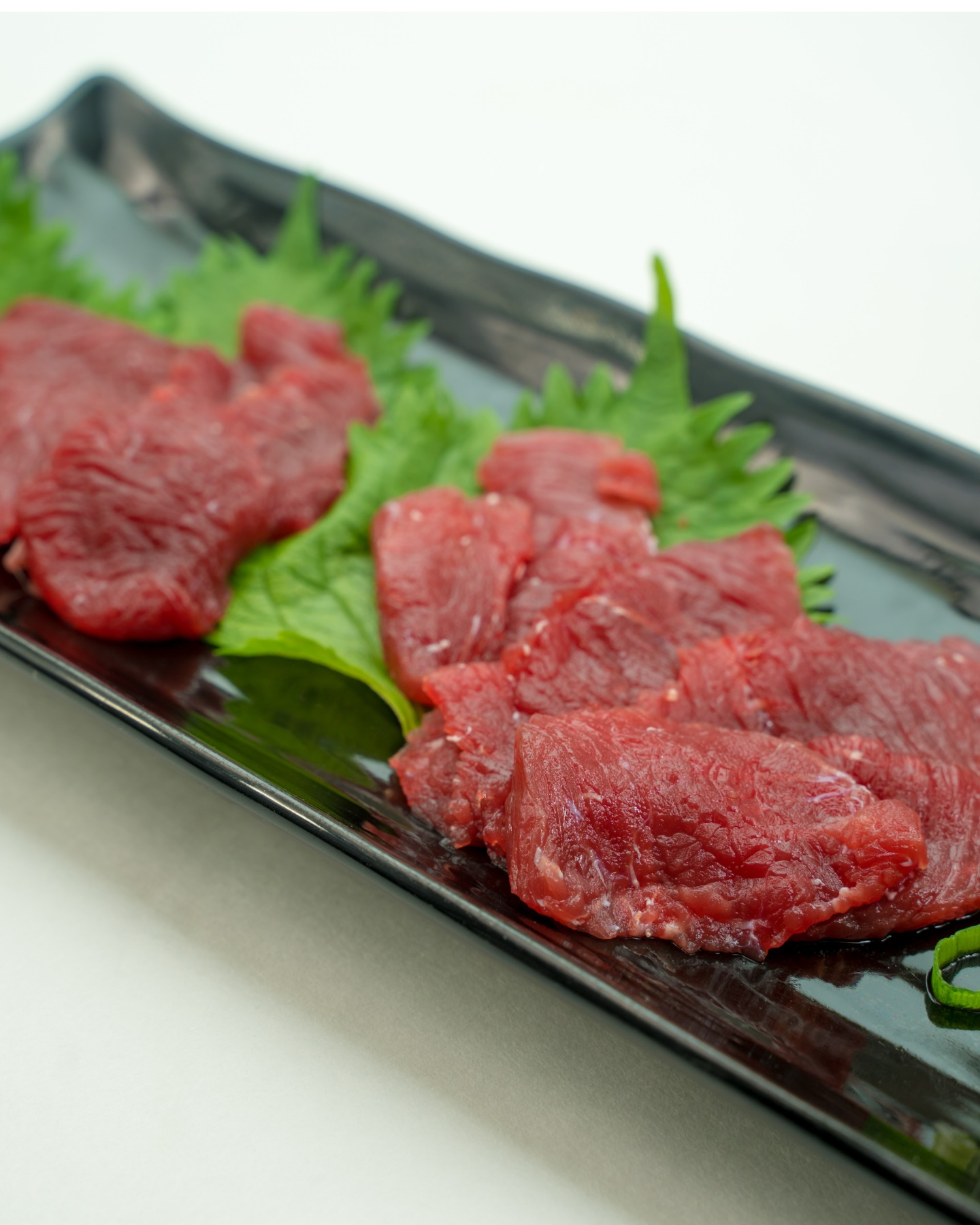
Red whale sahsimi. Photo by istock-tonko
St. Catharines, Ont., based Liz Fleming (host of the Liz Fleming Travel Show on iHeart Radio and a contributing editor to this publication) has travelled a fair bit in Canada’s far north and remembers politely accepting whale meat, which some northerners chomp on for a long time, as kind of a fishy-flavoured chewing gum. “Very, very chewy.”
Liz’s most challenging nibble was one she was also most grateful for: One frigid afternoon, on their way back to the base camp in northern Baffin Island, her guide suddenly stopped the snowmobile, pulled out his rifle and shot a small seal. As she watched in horrified fascination, he quickly skinned it and wrapped the meat in the pelt. She knew he needed to take food back to his family, so this was not hunting for fun, but for survival. She was even more startled when he offered her a small piece of warm, bloody seal liver. “Though it was all I could do to open my mouth and swallow it, I did because I knew that this was a gesture of overwhelming generosity.”
Anietra Hamper is an award-winning outdoor journalist who specializes in angling, and splits her time between England, the U.S., and the world. Over time, she’s been presented with some strange delicacies including Guyanese armoured catfish, so-called because of the bony plates that cover them. But it was a humble egg that almost proved her downfall.
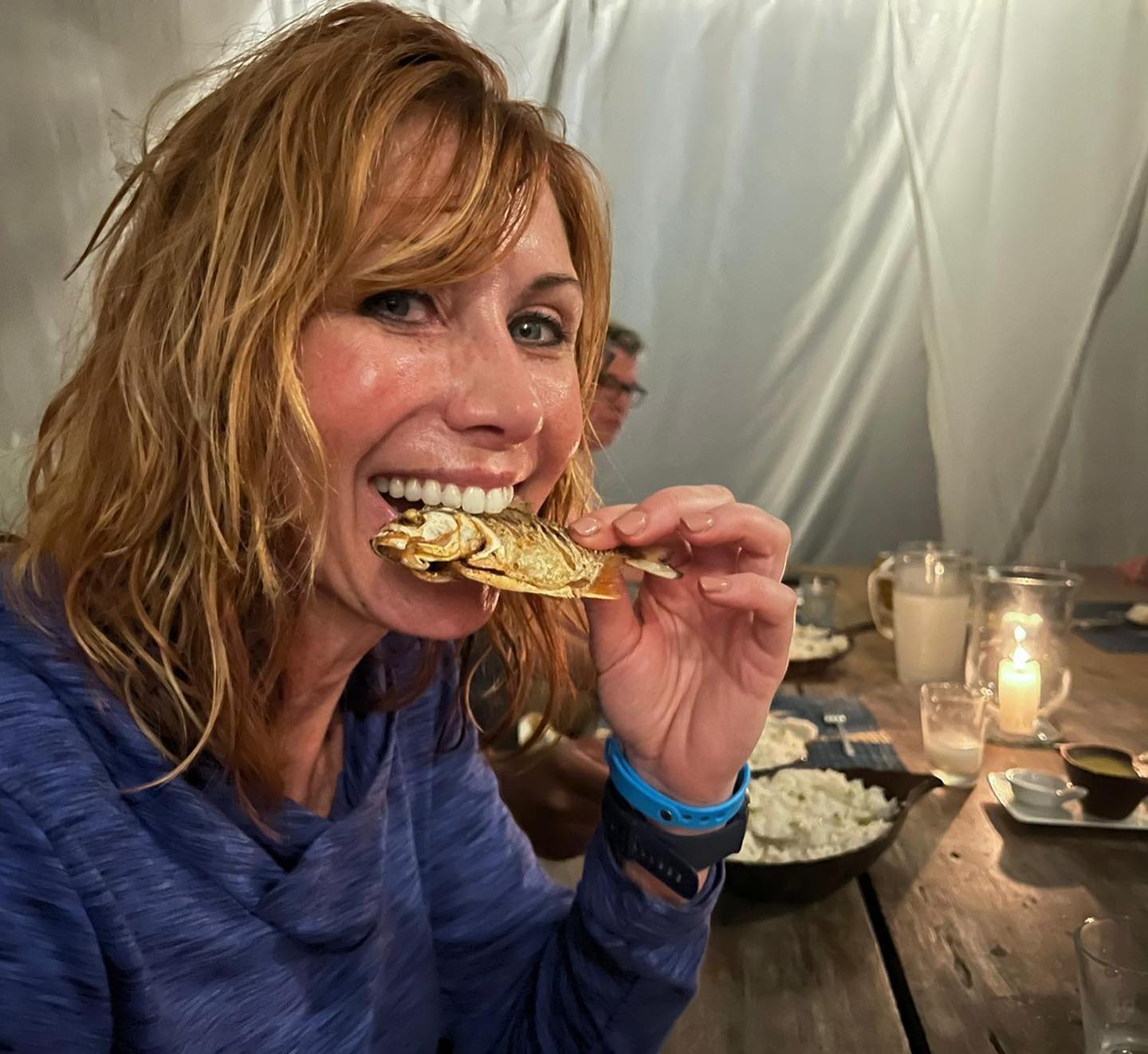
@anietrahamper trying out fresly caught piranha that she caught in the remote Amazon River in Colombia
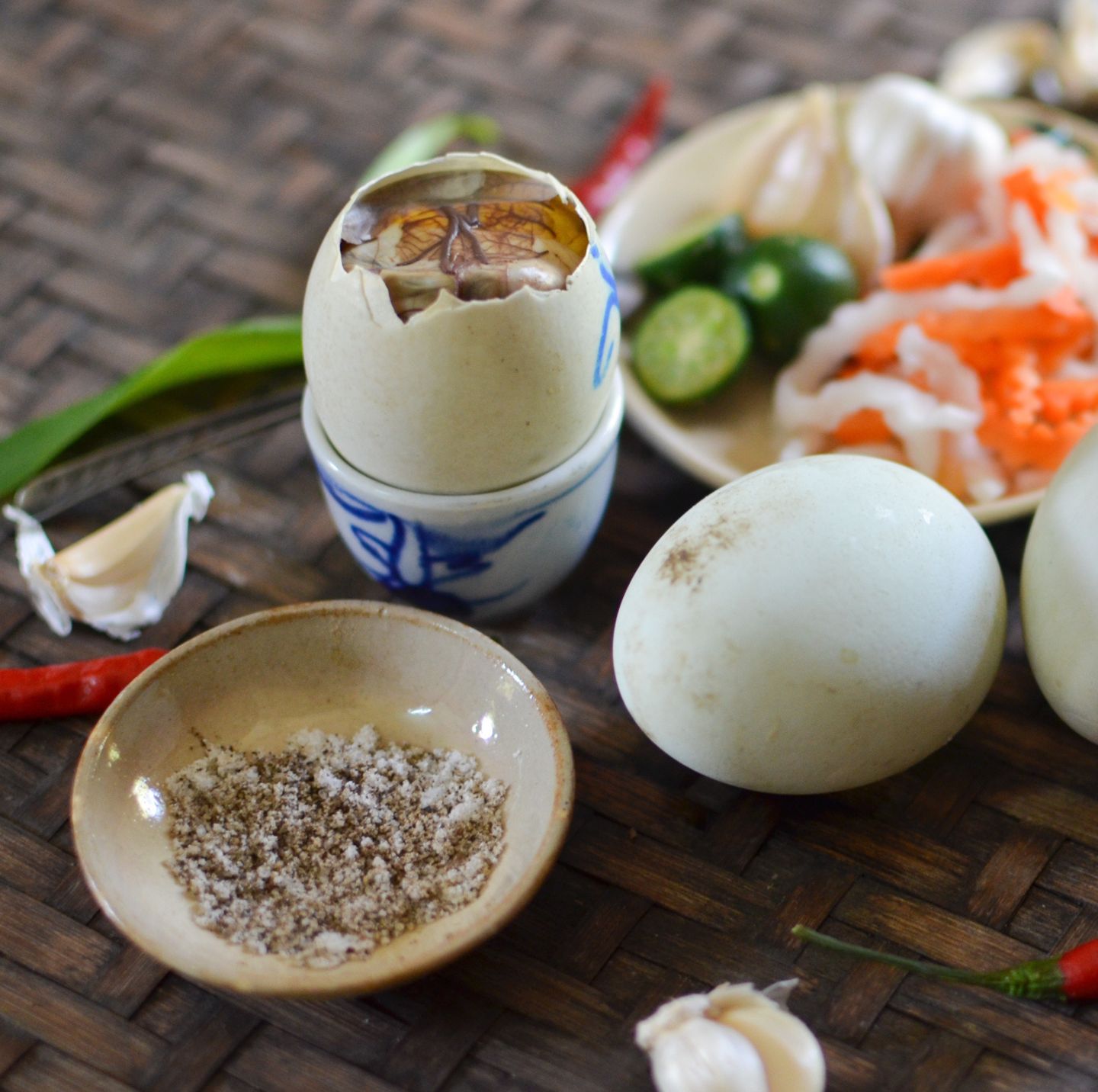
Balut/ Balot: Developing duck embryo that is boiled and eaten in the shell eaten mostly in the Philippines and Southeast Asian countries. Photo: @eekhoailang
Or perhaps not that humble: she reports being unable to swallow a Filipino delicacy called balut, which is a fertilized duck egg, complete with a recognizable, chewy fetus. “I was afraid I would retch and truly offend our hosts.” Graciously she managed to decline. On a more digestible and happier note, Anietra has sweet memories of a treat called chocolate moonshine that she discovered at the small-batch Old Forge Distillery in Tennessee. Her verdict? “Perfect in a teeny cup over ice.”
Peterborough, Ont. based Tim Johnson, has 148 countries under his belt, so you can bet he’s confronted more than one peculiar dish. Checking in from his latest adventure, a cruise in the Chilean fjords, he recalled one surprising highlight, and a low point, of his culinary career. He remembers that he was a little uncertain about moose before he started visiting Newfoundland. “But when it’s properly prepared, there’s no better meat. I had a moose steak at a remote little place called Happy Adventure that I’ll remember for the rest of my life.”

Author @timjohnsontravels
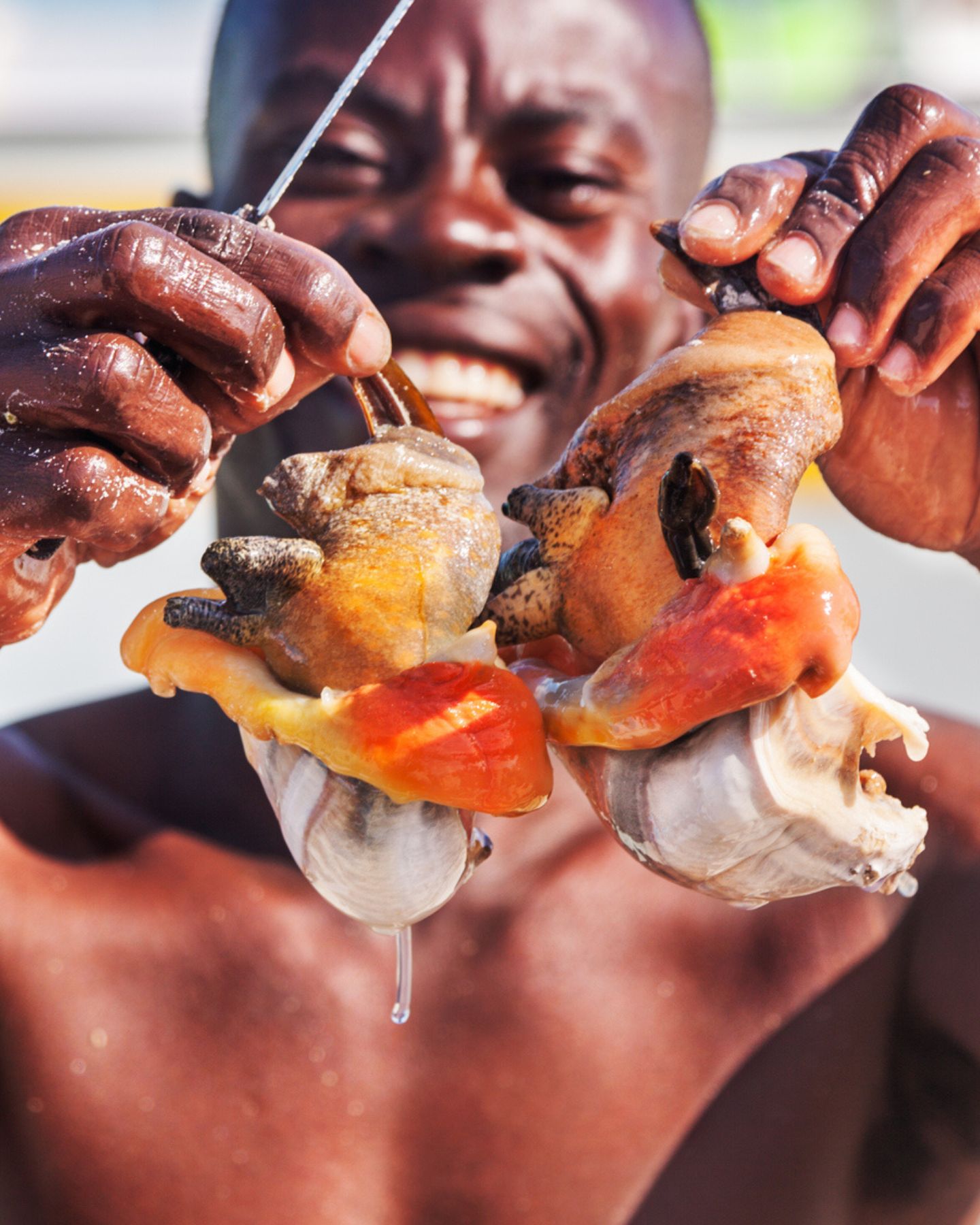
Conch meat. Photo by jsnover/IStock
Like me, Tim’s not a big fan of insects. “I did taste a giant roasted grasshopper in Myanmar and recall that the feet scratched a little going down.” Now there’s a culinary memory to share over cocktails for years to come.
As for me, my happy surprise came from inside a pretty pink seashell. Conch (“conk”) is a large sea snail with a face truly only a mother could love. Known for its chewy consistency, kind of like calamari, conch is everywhere in the Bahamas. You’ll find it at funky roadside stands and on the menus at the most luxe resorts. Its versatility seems to know no bounds: tourists and locals enjoy it stewed, fried, in ceviche, salad, fritters and chowder. No trip to the Bahamas would be complete without a tasting conch, the perfect souvenir.
So what’s the weirdest food you’ve ever eaten?

